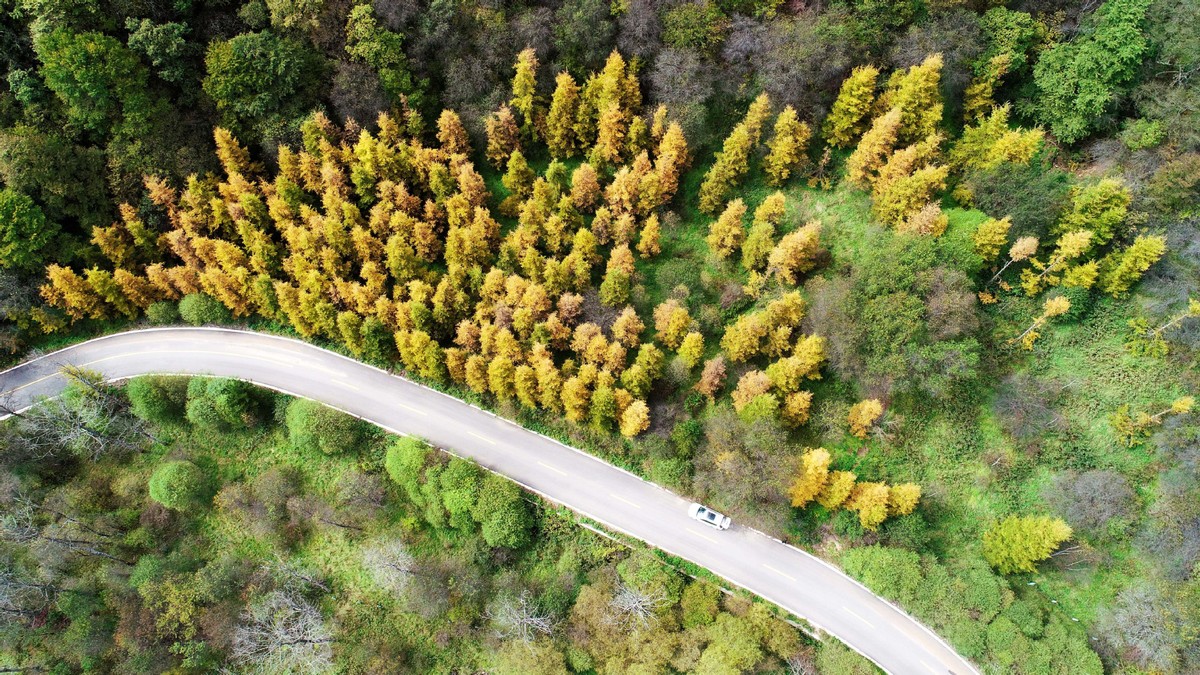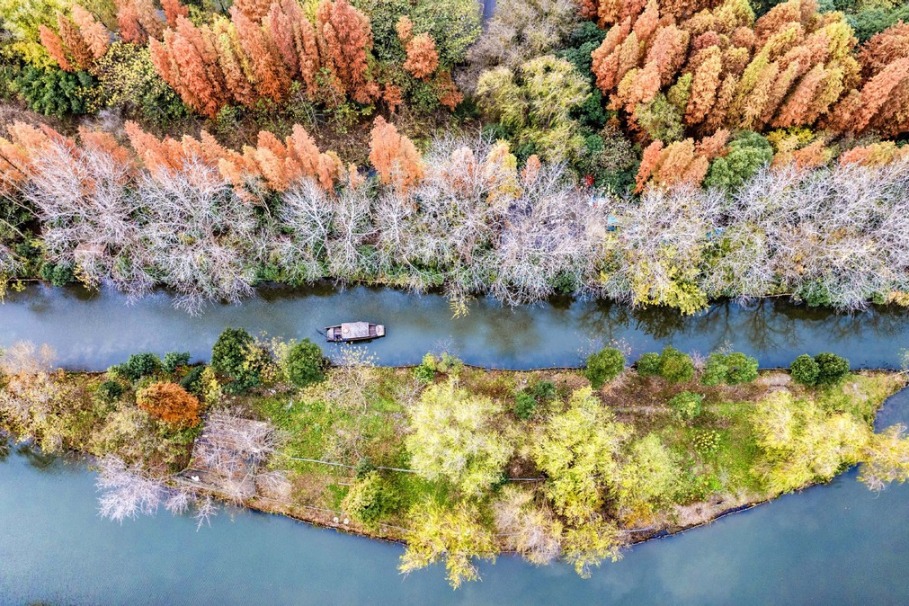Forest flourishes after villagers are relocated


Shao Dongsheng, a ranger in the Ningxia Hui autonomous region, still remembers the fear he felt the first time he encountered a leopard.
"It was on the hillside only 30 meters away. I stood still because I was too afraid to move. It looked at me, turned, and left," he said.
Such encounters are not uncommon for Shao and his fellow rangers in the mountains of Longde county. Leopards, wolves and deer are often seen roaming the hillsides.
"As villagers moved away, trees and grass flourished, and more animals emerged from the deep forests," Shao said.
Shanhe, with around 6,000 residents, is located in the Xihaigu area, a predominantly mountainous region labeled the "most unfit place for human settlement" by the United Nations in the 1970s due to land reclamation, drought and a fragile environment.
"We planted trees each year but still saw no forest," said Wei Dianlong, 72, head of the local forestry station.
Wei said the villagers cut down trees in the fall to use for heating during the winter. They also herded their cattle and sheep on the hills, eating all the grass. "As rangers, we didn't have to prevent forest fires," Wei said, "because there simply was no forest."
In 2013, the regional government launched a program to relocate the villagers to places with better infrastructure. In the past three decades, more than 1.2 million people have been relocated from the Xihaigu area.
"As people migrated, we planted trees and grass on the hills, and enclosed it for natural afforestation," Shao said.
Most of the villagers' houses have been torn down, with only a few remaining in an area now covered by trees.
Emigration from Longde has helped free up 17,700 hectares of land, with around 6,667 hectares designated for growing forests. Forest coverage in the former villages has risen from 42 percent to 87 percent.
On a winding path in Shanhe, hoofprints - some big, some small - are imprinted in the dirt. "It's the trail of a boar and her baby," Shao said. "It shows the environment is getting better."
Xinhua
- Police punish shopper after AI video used in fake crab claim
- Historians identify Chinese pilot saved by John Rabe in Nanjing
- Rainforest-themed activities launched in Hainan
- Hebei advances intelligent construction and prefabricated housing
- Seventh Hainan Island International Film Festival opens in Sanya
- Former chairman of Guangxi government expelled from CPC, public office





































